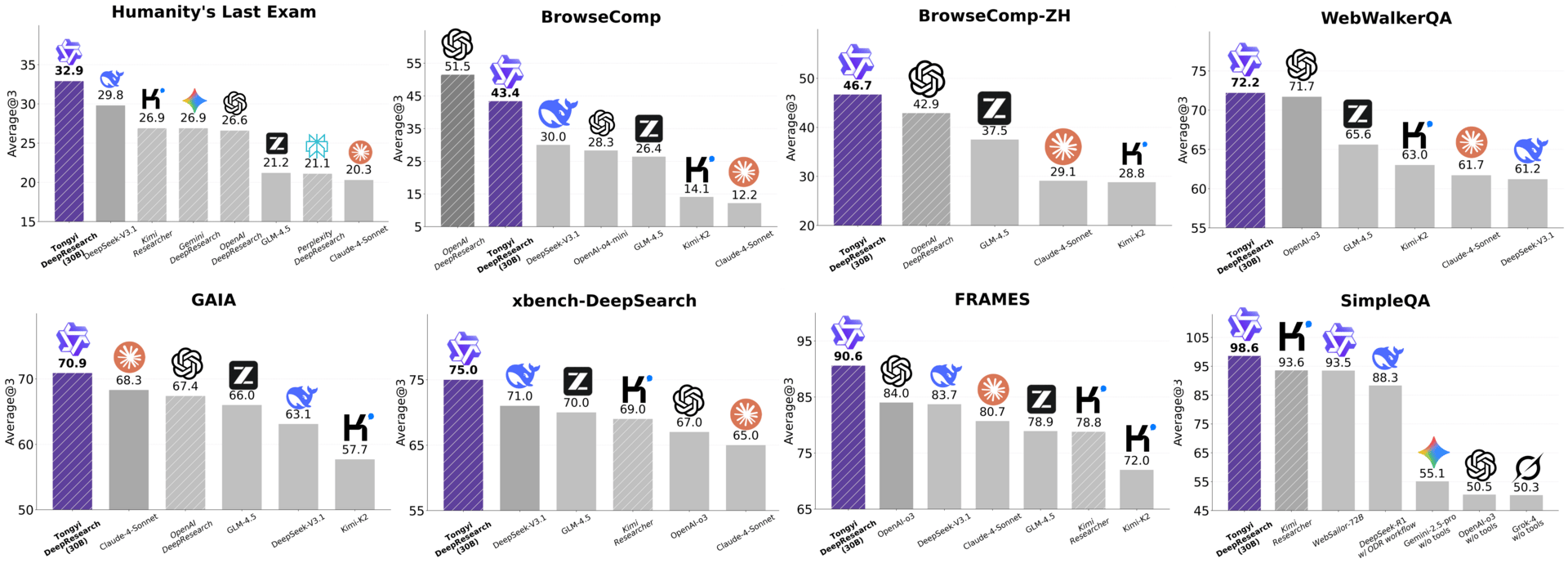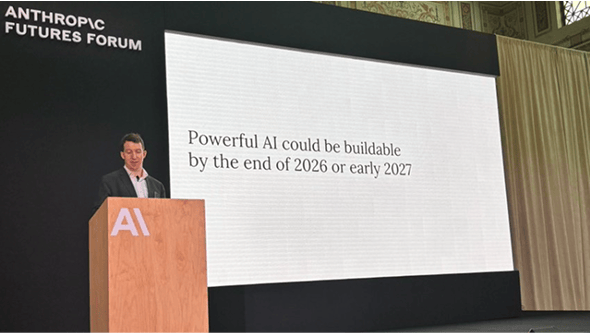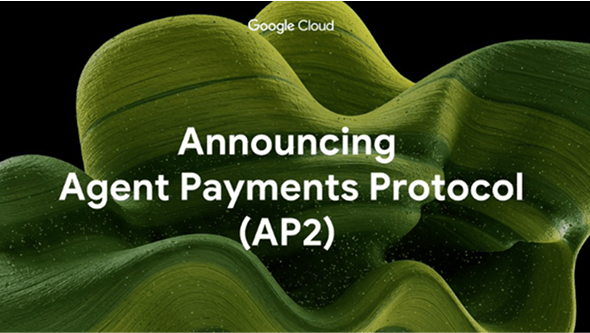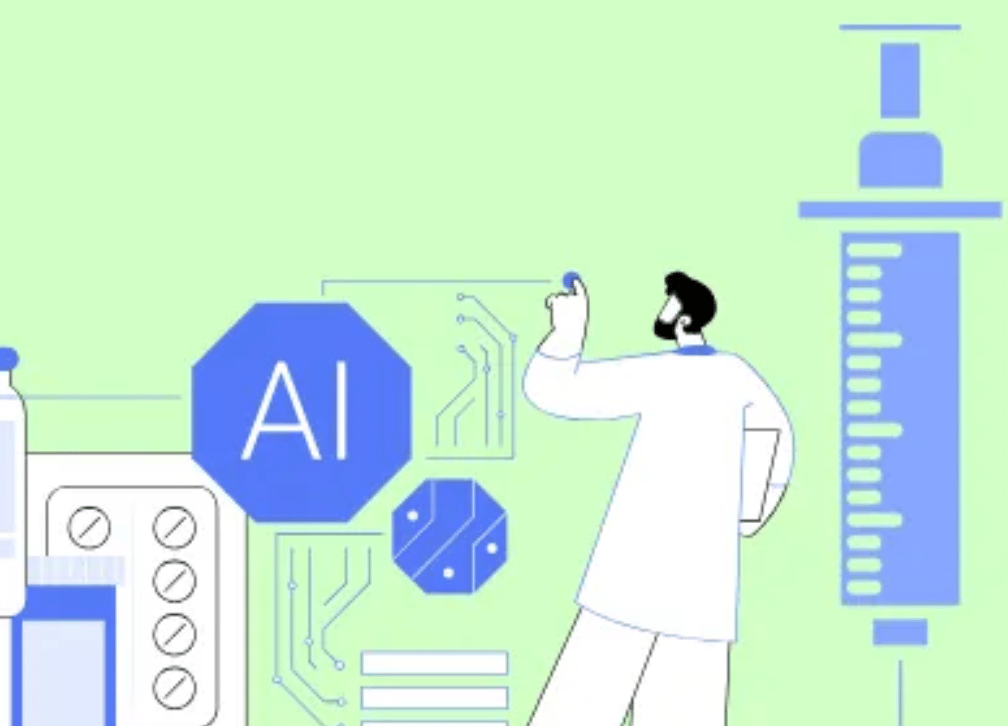
Dear Readers,
This week's headlines show that the race for the future of AI is no longer just between Silicon Valley and a few Western players. With Tongyi DeepResearch, China is making an impressive comeback: an open-source agent that not only responds, but also conducts independent research, tests hypotheses, and solves complex tasks step by step – almost entirely on the basis of synthetic data. This approach breaks the dependence on expensive human annotations and rewrites the rules of the game.
But that's just the beginning: this issue also covers the rapid expansion of gigawatt data centers, new models such as K2-Think that democratize high-end reasoning, and fresh breakthroughs in drug discovery. Even solar storms are being targeted by AI, which can warn of threats to power grids and satellites days in advance. Dive in – it's worth it, because each article reveals a little more about how close we already are to the next technological leap.
In Today’s Issue:
🤖 Alibaba's new open-source AI agent can conduct independent research using synthetic data.
💊 Harvard's new AI can predict complex "recipes" for drug discovery
🧠 Researchers in Abu Dhabi just released K2-Think
☀️ This new AI can predict solar storms days before they hit
✨ And more AI goodness…
All the best,

AI Creates Persistent 3D Worlds
World Labs is inviting users to a limited beta preview of their new model, which can generate expansive and persistent 3D worlds from just a single image.
Anthropic Co-founder Predicts AI Genius
Anthropic co-founder Jack Clark predicts that within 16 months, AI will surpass Nobel laureates in intelligence and be capable of completing tasks that currently take weeks or months, essentially becoming a "call center of geniuses."
New Protocol for AI Agent Payments
Thomas Kurian announced the launch of the Agent Payments Protocol (AP2), an open and secure protocol designed for AI agents to conduct transactions, already backed by over 60 partners.
Grok 5 is being trained - Grok 4.20 cant be far off now!
The Takeaway
👉 Tongyi DeepResearch provides an end-to-end pipeline: synthetic data → supervised fine-tuning → reinforcement learning for agents that solve complex, long-term tasks.
👉 The agent uses modes such as ReAct and Heavy Mode to think in a focused manner across many steps without specialized prompt engineering.
👉 The IterResearch framework allows for iterative splitting and reconstruction of tasks, which enhances the quality and traceability of decision-making processes.
👉 For developers, this means they can build open-source agents that are robust, scalable, and less dependent on human annotation—with potential applications in law, navigation, and science, for example.
With Tongyi DeepResearch, Alibaba is taking a step that redefines research with autonomous AI agents. The project is completely open source and shows that agents can not only respond to prompts, but also conduct independent research, test hypotheses, and work through complex problems step by step. What's particularly exciting is that the training is based almost exclusively on synthetic data, i.e., machine-generated material, combined with reinforcement learning. This eliminates the dependence on expensive, time-consuming human annotations – a key bottleneck in the development of agent systems to date.

Technically, Tongyi DeepResearch works in a “ReAct Mode,” in which the agent combines observations and actions, and a more powerful “Heavy Mode,” which can also be used to solve long, nested tasks. The whole thing is complemented by the IterResearch Framework, which breaks down complex problems iteratively and processes them in sub-steps. The result is an agent that works more like a doctoral student: collecting, organizing, discarding, refocusing, and finally presenting results. For the AI community, this means a realistic path to agents that not only operate tools but also conduct research themselves – a step toward robust, scalable, and democratized research tools.

Why it matters: Tongyi DeepResearch shows that AI agents can perform real research work using synthetic data. This reduces costs, increases accessibility, and opens up new fields of application—from science to law to navigation.
Source:

The best marketing ideas come from marketers who live it.
That’s what this newsletter delivers.
The Marketing Millennials is a look inside what’s working right now for other marketers. No theory. No fluff. Just real insights and ideas you can actually use—from marketers who’ve been there, done that, and are sharing the playbook.
Every newsletter is written by Daniel Murray, a marketer obsessed with what goes into great marketing. Expect fresh takes, hot topics, and the kind of stuff you’ll want to steal for your next campaign.
Because marketing shouldn’t feel like guesswork. And you shouldn’t have to dig for the good stuff.

Novel AI drug discovery tool predicts more accurate treatment ‘recipes’
A team at Harvard Medical School has developed PDGrapher, an AI system that recognizes not only individual target proteins, but entire combinations of disease drivers. Instead of traditional single-gene strategies, it suggests complex “recipes” for interventions that could restore cells to a healthy state. This promises faster and more precise drug development and could save enormous costs and enable new personalized therapies.
Al Research & New Models Title 2
Researchers from Abu Dhabi have introduced K2-Think, a new open-source reasoning model with 32 billion parameters that can handle logical thinking, mathematics, and coding. Remarkably, through efficient training and specialized hardware, it outperforms models with far more parameters. This makes high-performance AI significantly more accessible, affordable, and decentralized—a step that could enable research and innovation outside of the tech giants.
This new AI can spot solar storms days before they strike
A research team at NYU Abu Dhabi has developed a model that can predict dangerous space weather up to four days in advance – with around 45% greater accuracy than previous methods. The model is based on ultraviolet images of the sun, which AI analyzes to identify patterns that indicate upcoming solar storms. For satellites, power grids, and communication systems, this means greater protection, fewer outages, and greater resilience against natural hazards.
Grow & Monetize Your Audience with ConvertKit.
Unlock the power of email to connect with your community and build your business with ConvertKit. Built for creators, writers, and builders.
Simple to start, powerful to scale.




















